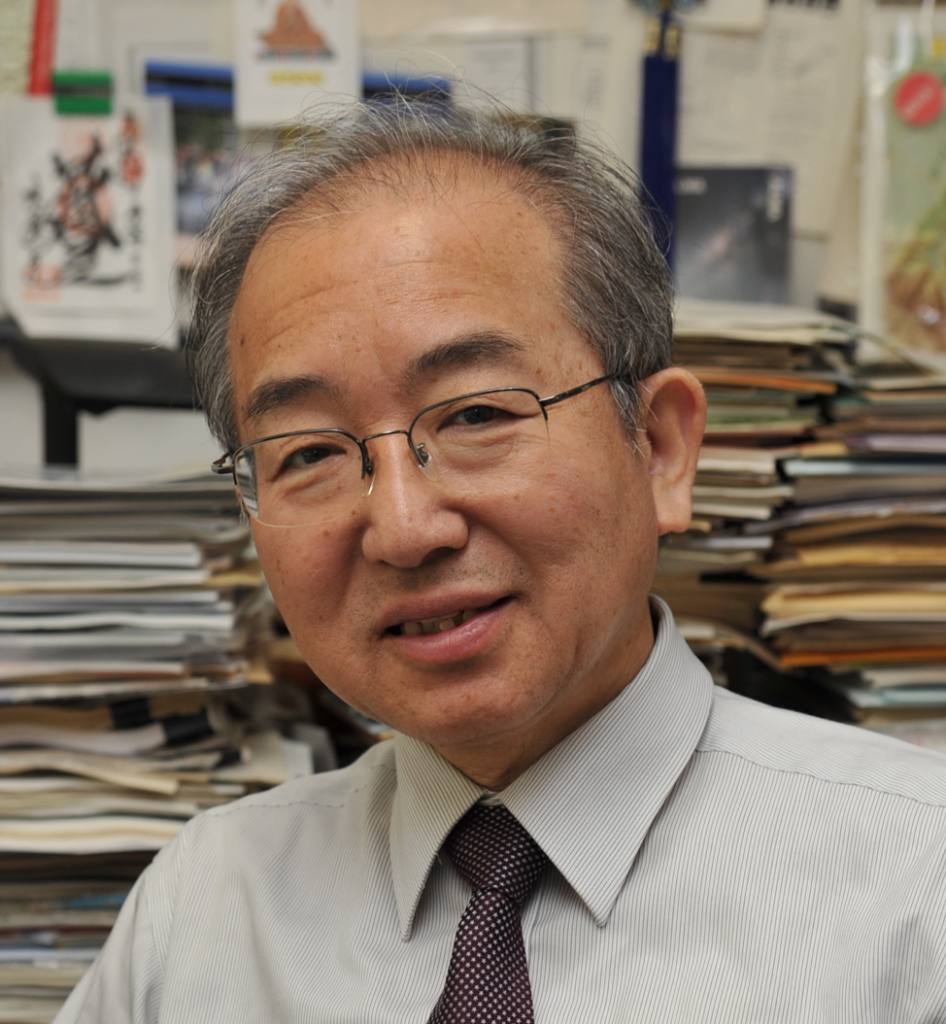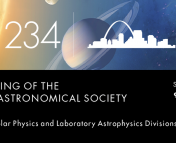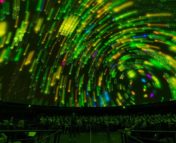In this series of posts, we sit down with a few of the keynote speakers of the 236th AAS meeting to learn more about them and their research. You can see a full schedule of their talks here, and read our other interviews here!
The Sun is the most well-studied star in the universe. The past several decades have seen an explosion in stellar data, and that number continues to grow as new observatories come online. Even with such a wealth of observations, we still have a long way to go before we fully understand our nearest stellar neighbor.

Dr. Kazunari Shibata has dedicated his career to understanding the Sun’s physical processes. Dr. Shibata, winner of this year’s George Ellery Hale Prize for outstanding contributions to the field of solar astronomy, made it his mission to understand the connection between our own star and the rest of the universe.
“There are many many interesting subjects [in astronomy],… and these subjects are all related,” says Dr. Shibata, who attributes his initial interest in astronomy to the cartoons he watched growing up. He states he “wanted to meet E.T.”, and wanted to know “why [he] exists”. As he learned the history of life on Earth and its origins, he found that to study such fundamental questions, he had to look up to the universe.
Dr. Shibata’s first research interest was far away from the Sun, all the way in distant galaxies. He first focused on active galactic nuclei (AGN), which at such great distances cannot be observed in sharp detail and therefore require theory to understand their internal workings. When Dr. Shibata started learning about AGN, he discovered that some of their processes can also be observed on the Sun! For example, Dr. Shibata was the first to note that jets occur in the solar atmosphere and form via processes similar to the jets that are formed by AGN, albeit at a much smaller scale. By looking outward to the most distant observable objects in the universe, he learned that our own Sun can be used to understand these exotic processes.
Today, Dr. Shibata has shifted his focus to objects more similar to the Sun. “I’m interested in superflares… and whether they will happen on our Sun.” Superflares are highly energetic events that happen often on other stars. To determine whether these will occur on the Sun, we have to look to other Sun-like stars. With the advent of Kepler, we’ve been able to observe superflares on other stars to better understand the conditions in which they occur. Dr. Shibata hopes that by looking outward to other stars, we can better understand our own.
To hear more about Dr. Shibata’s work, check out his talk, From Jets to Superflares: Extraordinary Activity of Magnetized Plasmas in the Universe, at 10:00 am EDT on Wednesday, June 3rd at #AAS236.




